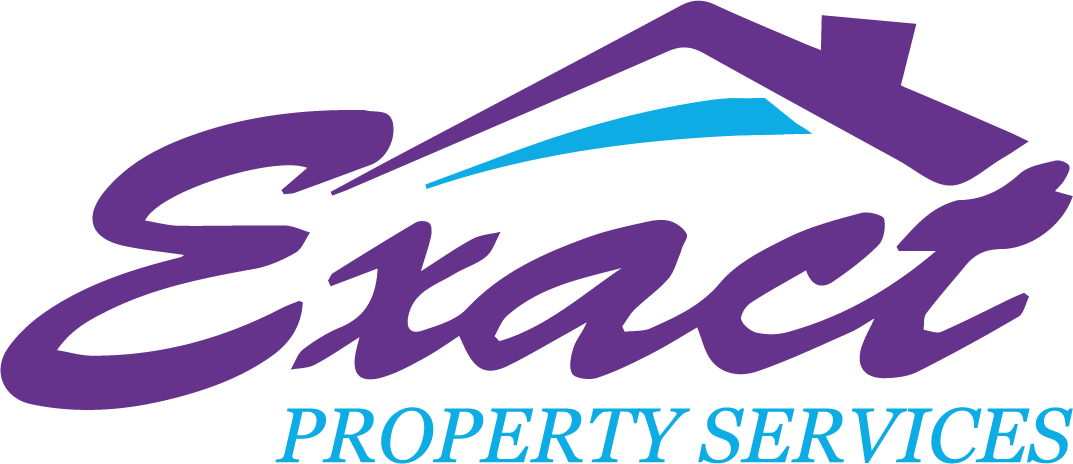
A property inventory is a document describing the condition of a property at various stages of a tenancy. Essentially, it is a list of all the components, contents and detailed description of the condition of all items in the home that are being rented. This provides a clear baseline for assessing any changes over time.
Benefits of a Property Inventory
- Dispute Prevention: Inventories assist in the prevention of disputes between landlords and tenants by offering a detailed record of the property’s condition, ensuring clarity regarding damages and repairs.
- Deposit Protection: Inventories ensure that any claim for damages or non-return of items is based on proof, thus serving the interest of both parties.
- Maintenance Monitoring: Regular inventories involve conducting routine checks to promptly identify maintenance problems and plan for necessary repairs and upkeep.
- Transparency: Inventory encourages transparency as it clearly defines obligations and expectations for both landlords and tenants.
Types of Property Inventories
1. Check-In Inventory
This is carried out at the beginning of the lease to record the state and belongings of the property. Both parties have to sign this document to verify its accuracy. It establishes the initial state of the property, which can later be referenced for comparison purposes.
2. Mid-Term (Interim) Inventory
These inventories are carried out approximately quarterly during the lease period to assess the property’s condition and address any new problems that arise. They encourage a proactive attitude towards managing property by aiding in the early identification and resolution of maintenance problems.
3. Check-Out Inventory
A check-out inventory is conducted on the last day of the tenancy and details the condition of the property in comparison to the inventory check-in report. Any new defects, marks, missing items, items to be removed, cleaning or maintenance issues, and discrepancies are photographed and detailed.
How to Make a Property Inventory
- Prepare in Advance: Prepare ahead of time by collecting all necessary items, such as a checklist, camera, and inventory template.
- Document Everything: Document the condition of walls, floors, fixtures, and fittings. Record any current damage or wear and tear.
- Include Visual Evidence: Take photographs and, if possible, videos of each room and item.
- Be Detailed: Give detailed descriptions and explanations, mentioning brand names and model numbers where appropriate.
- Review with Tenant: Go over the inventory with the tenant to ensure that both parties agree with the documented details.
- Sign and Date: Both landlord and tenant must sign and date the document to confirm its accuracy.
An average inventory will take several hours to prepare and should contain dozens of images and list all of the items and their condition. Landlords must comply with various safety regulations/laws so various items must be checked for safety and performance.
An elaborate property inventory is crucial for successful rental property management. It aids in avoiding disagreements, safeguarding deposits, and ensuring proper property maintenance. Landlords can benefit from investing in professional inventory services, providing peace of mind and help preserve the property’s value in the long run.
Handan and the team have been preparing inventories for many years, in literally 1000’s of homes.
